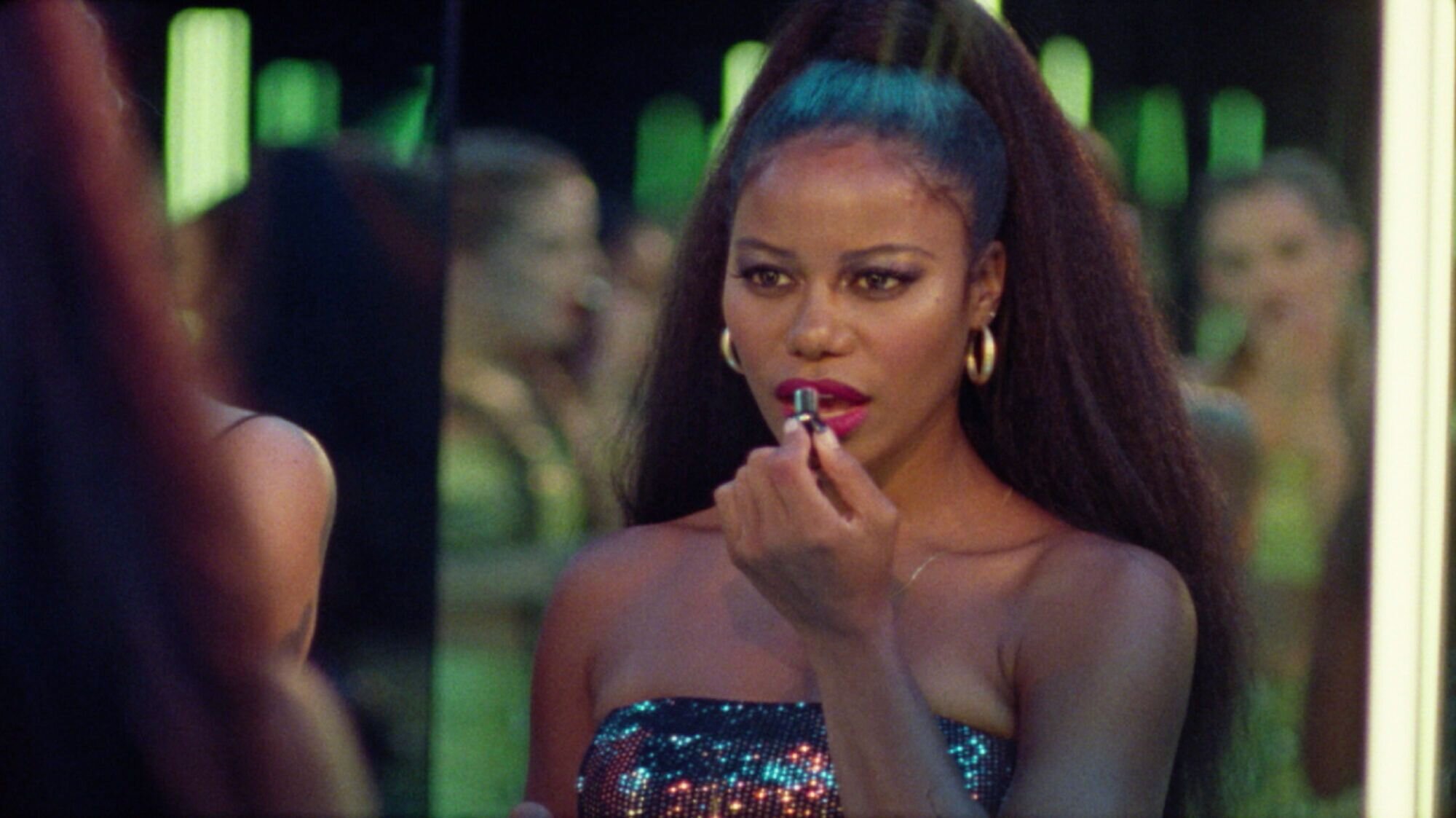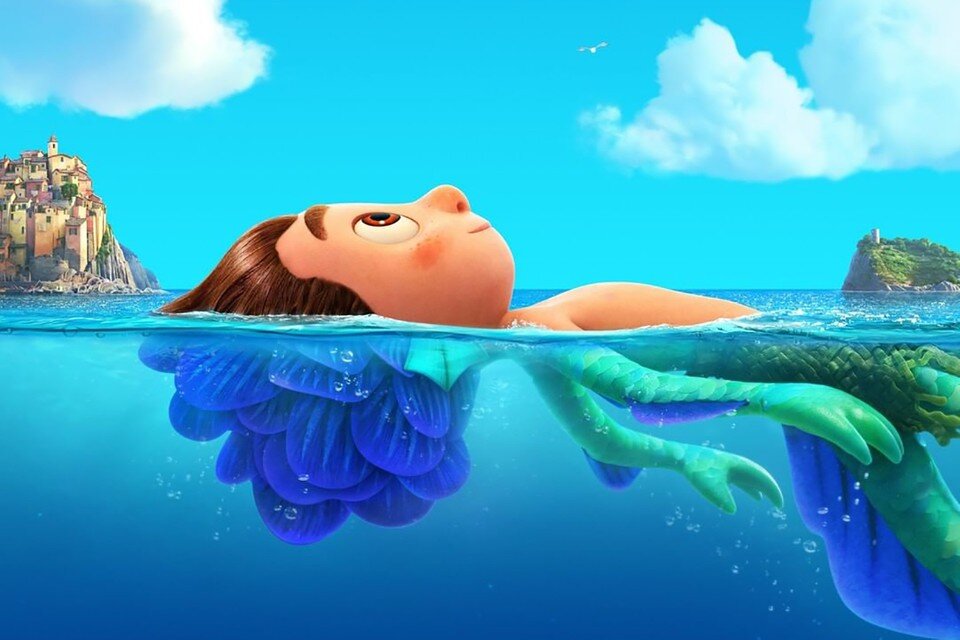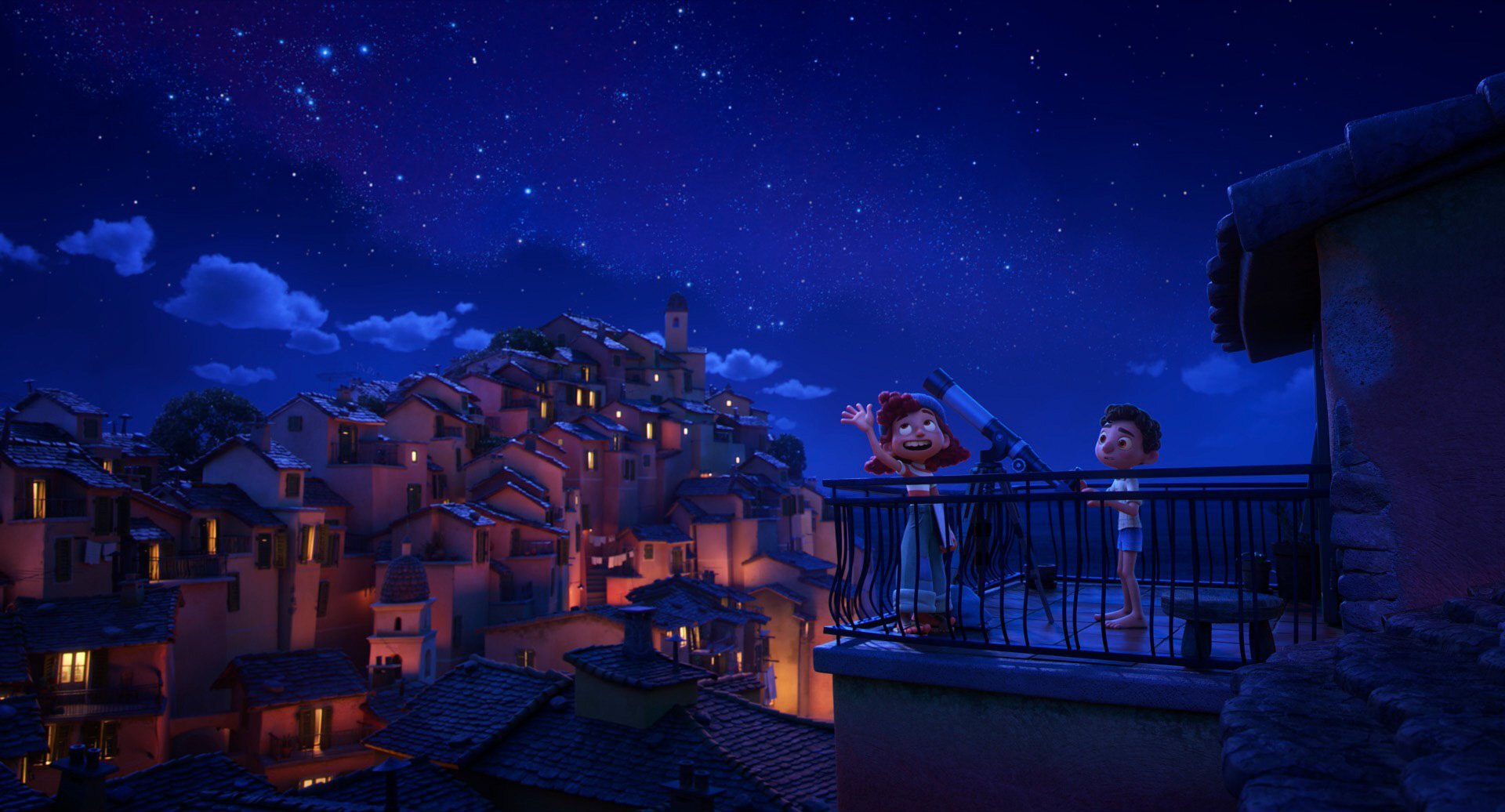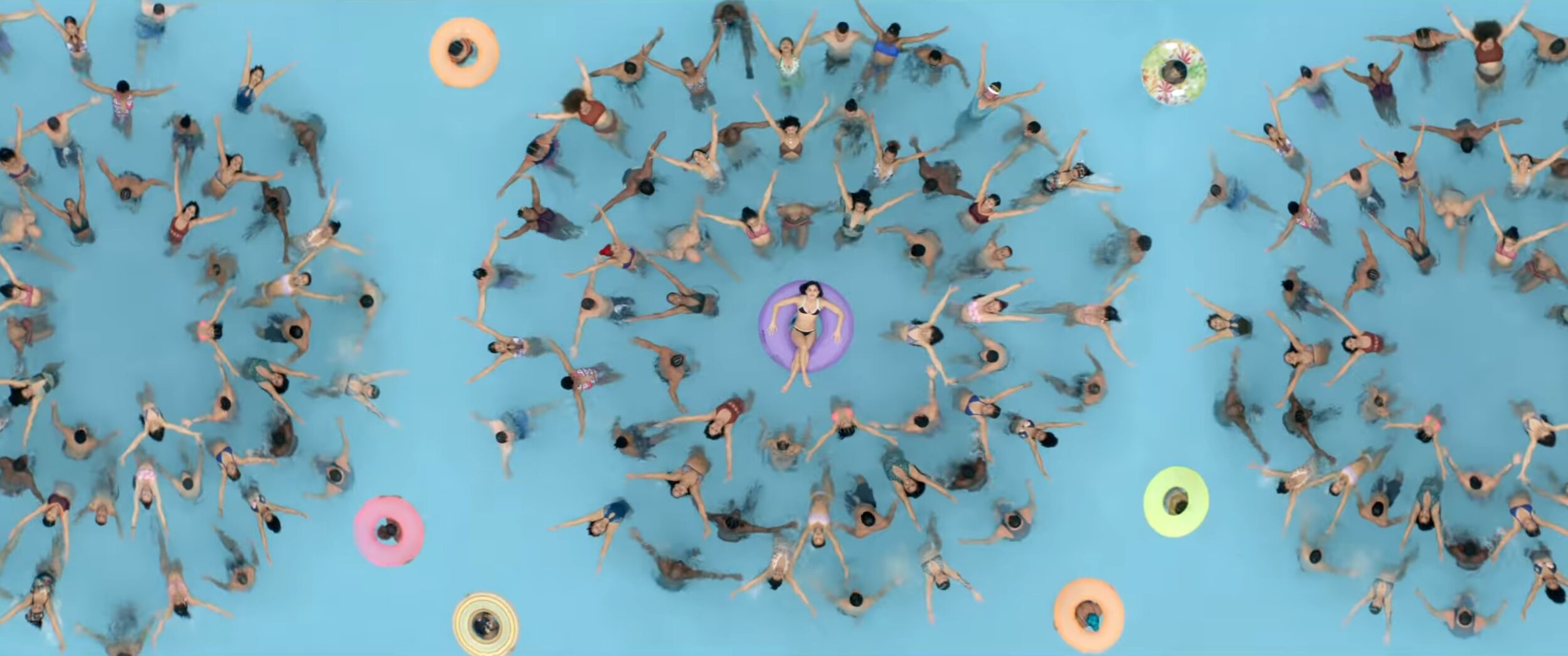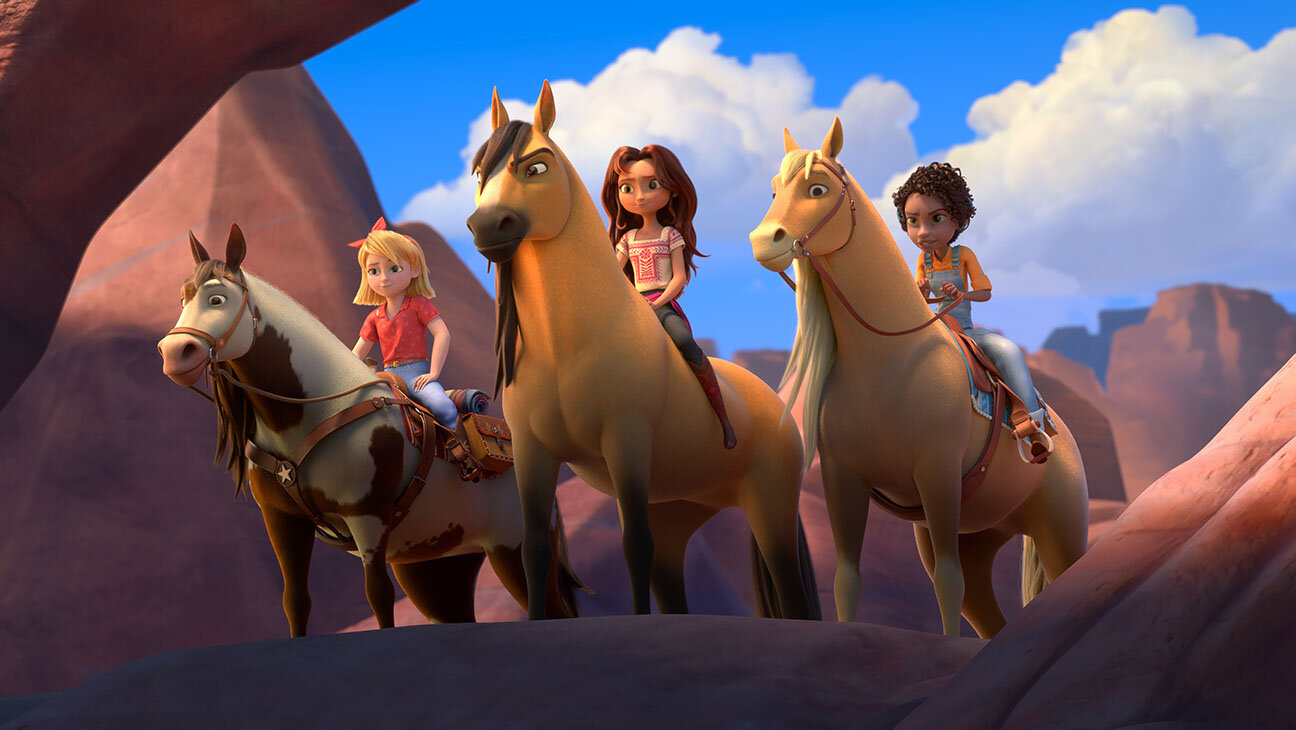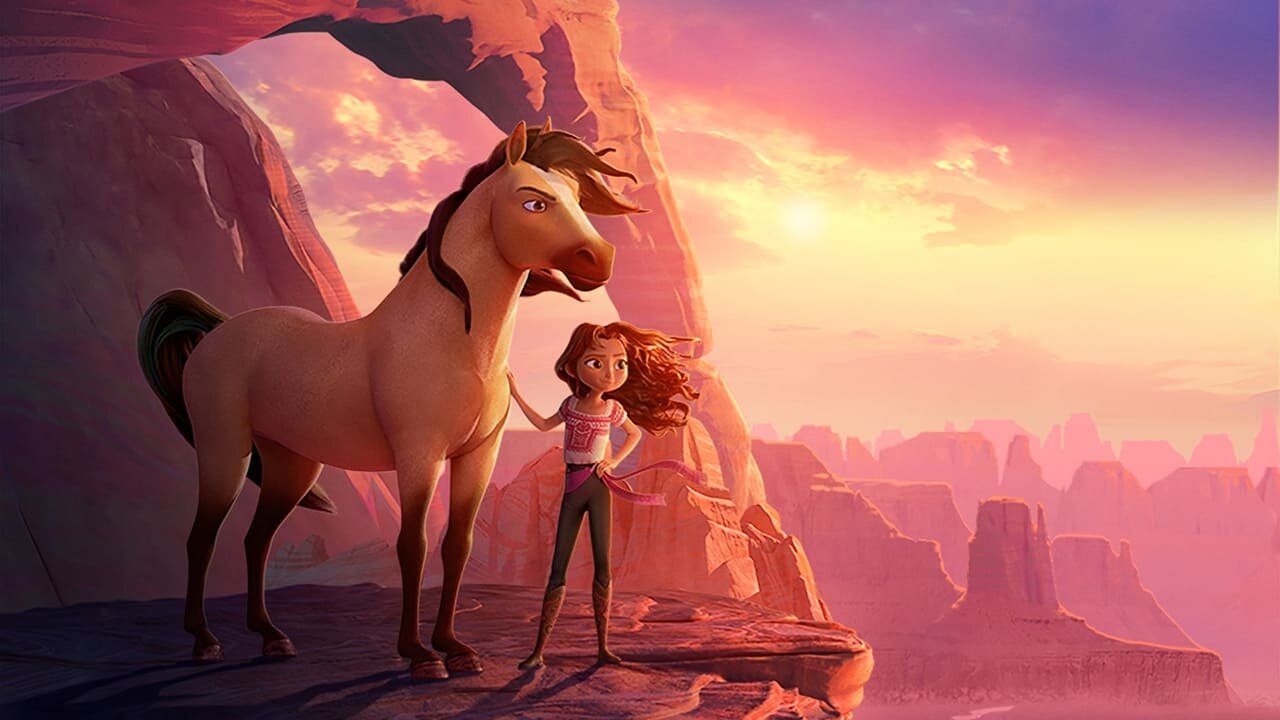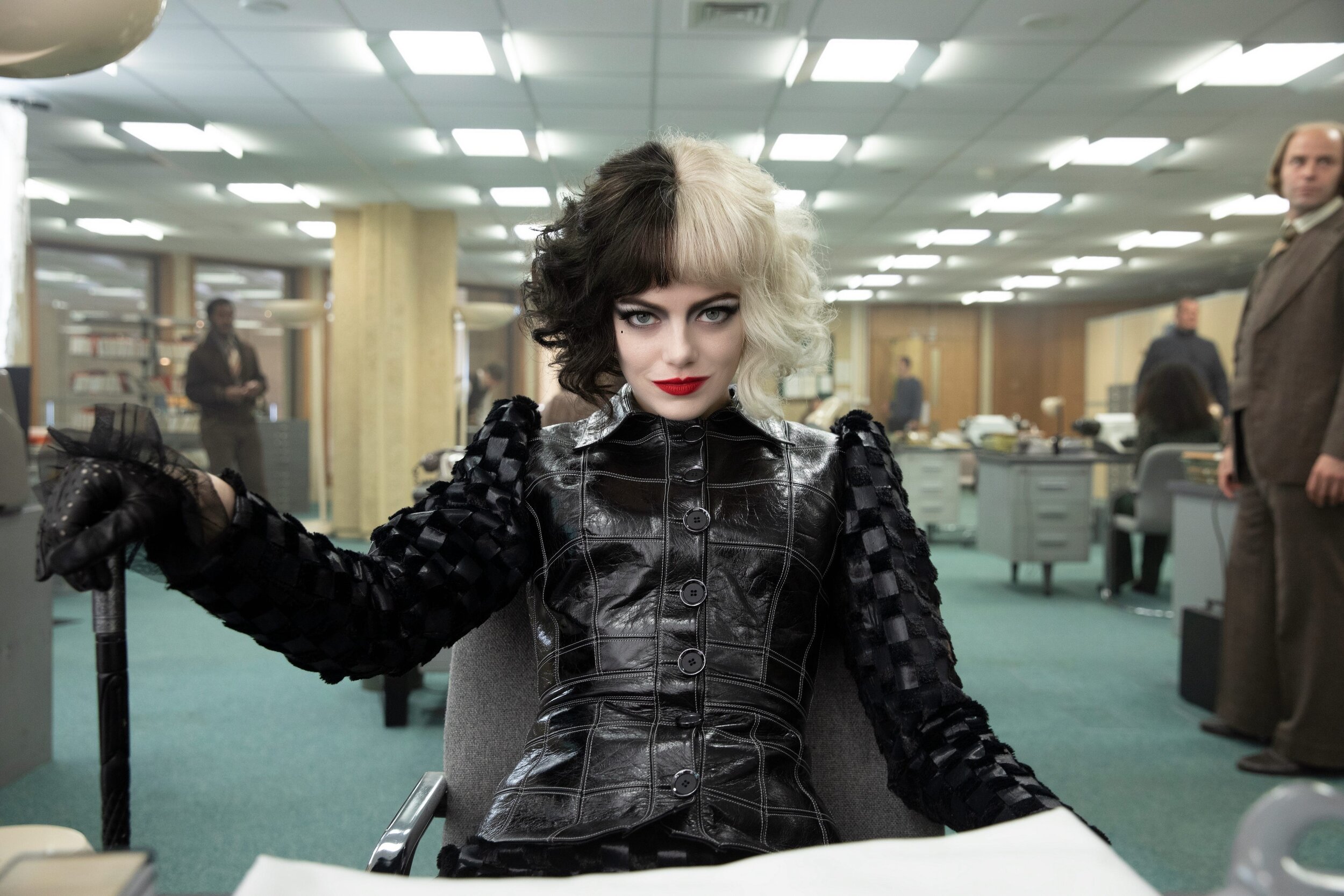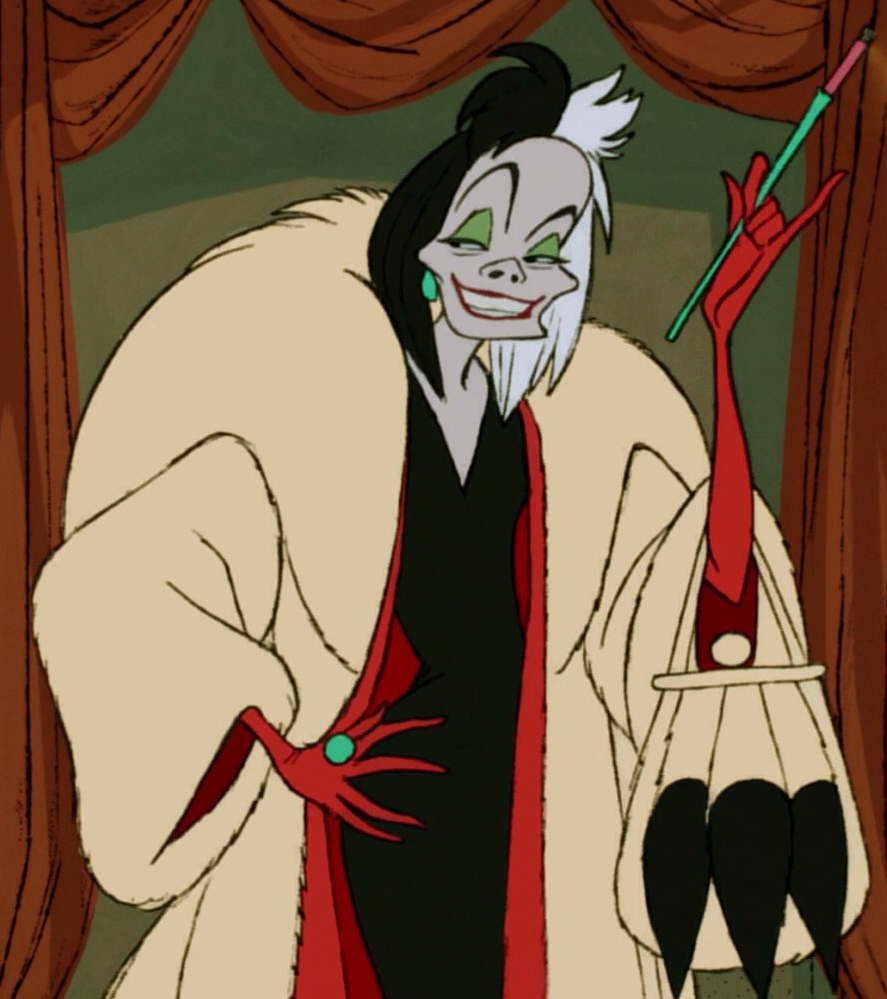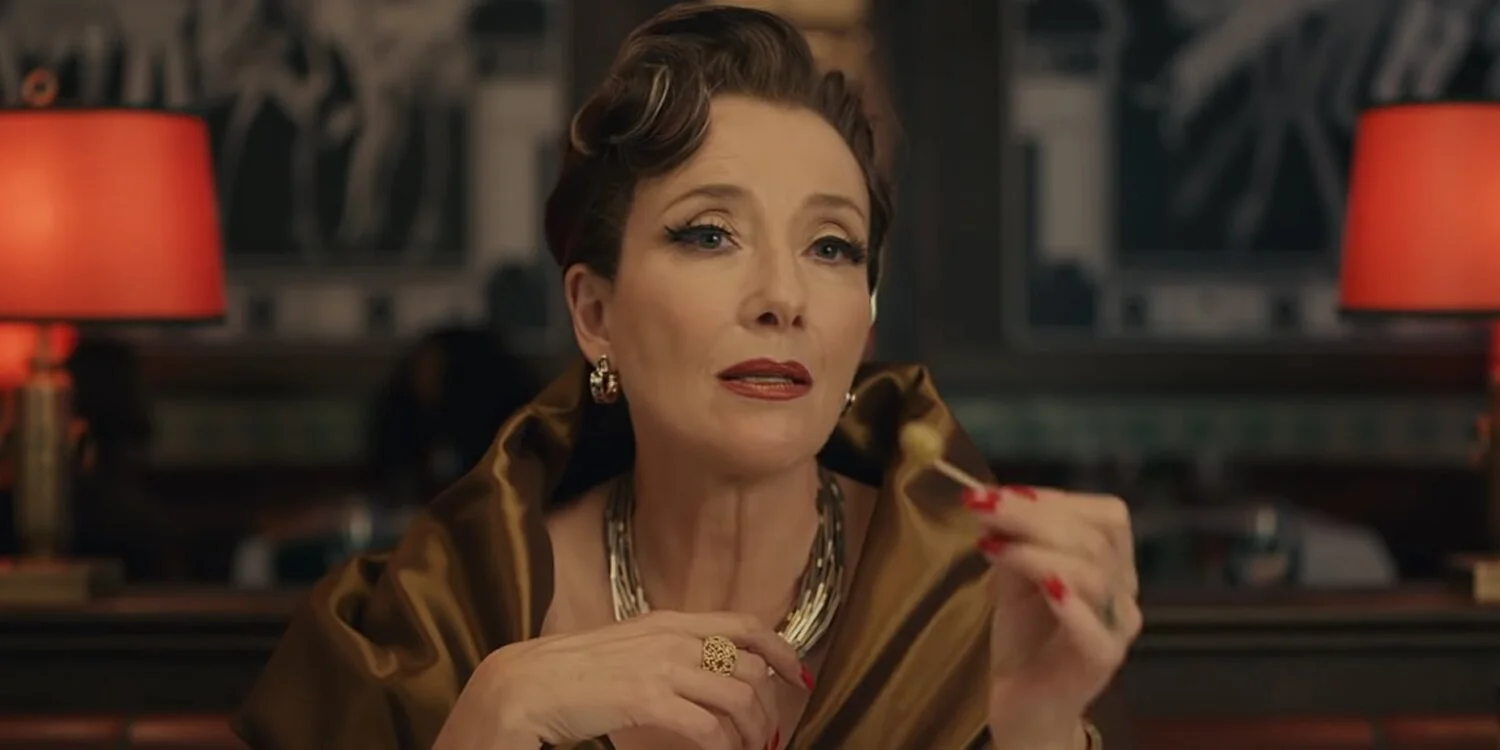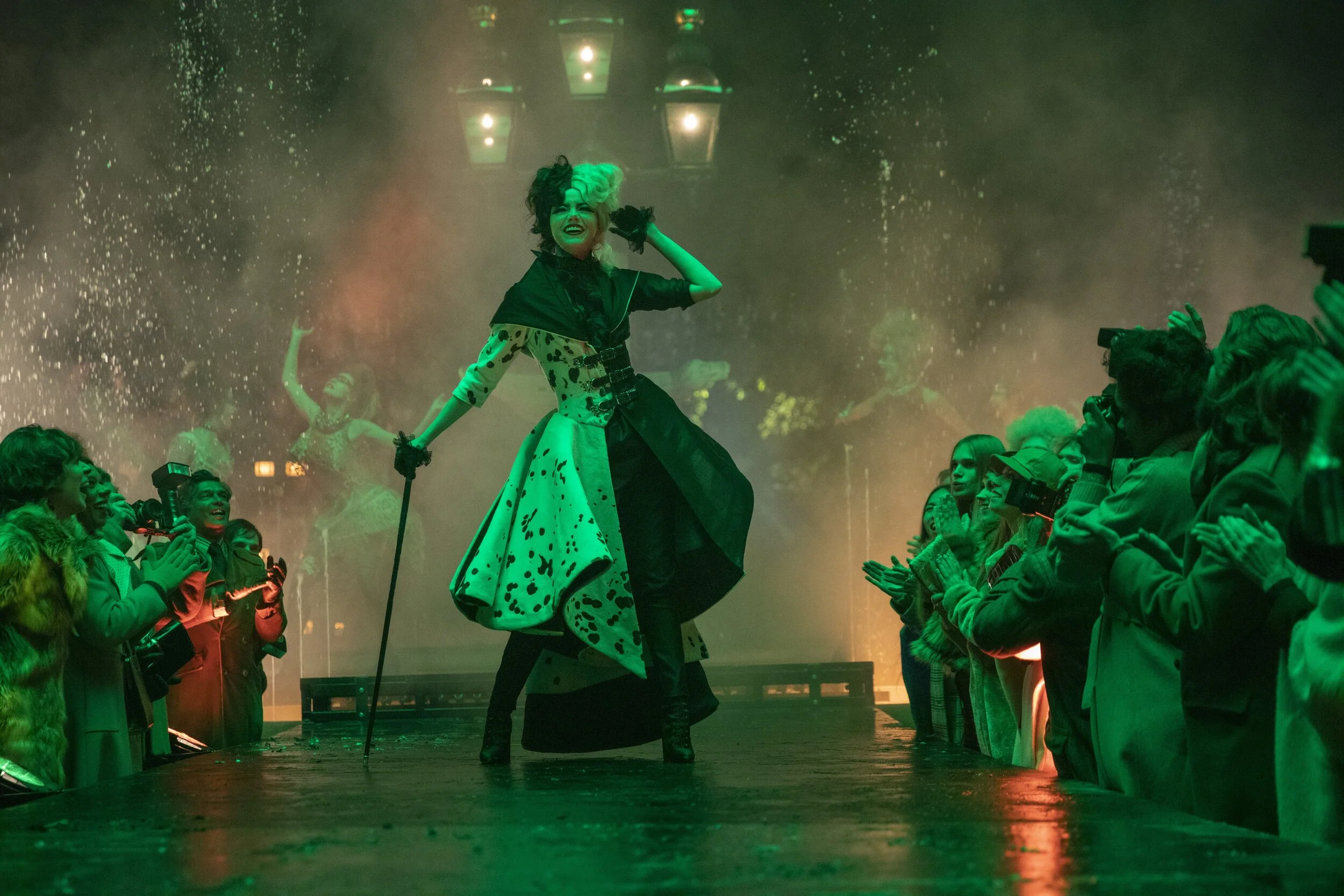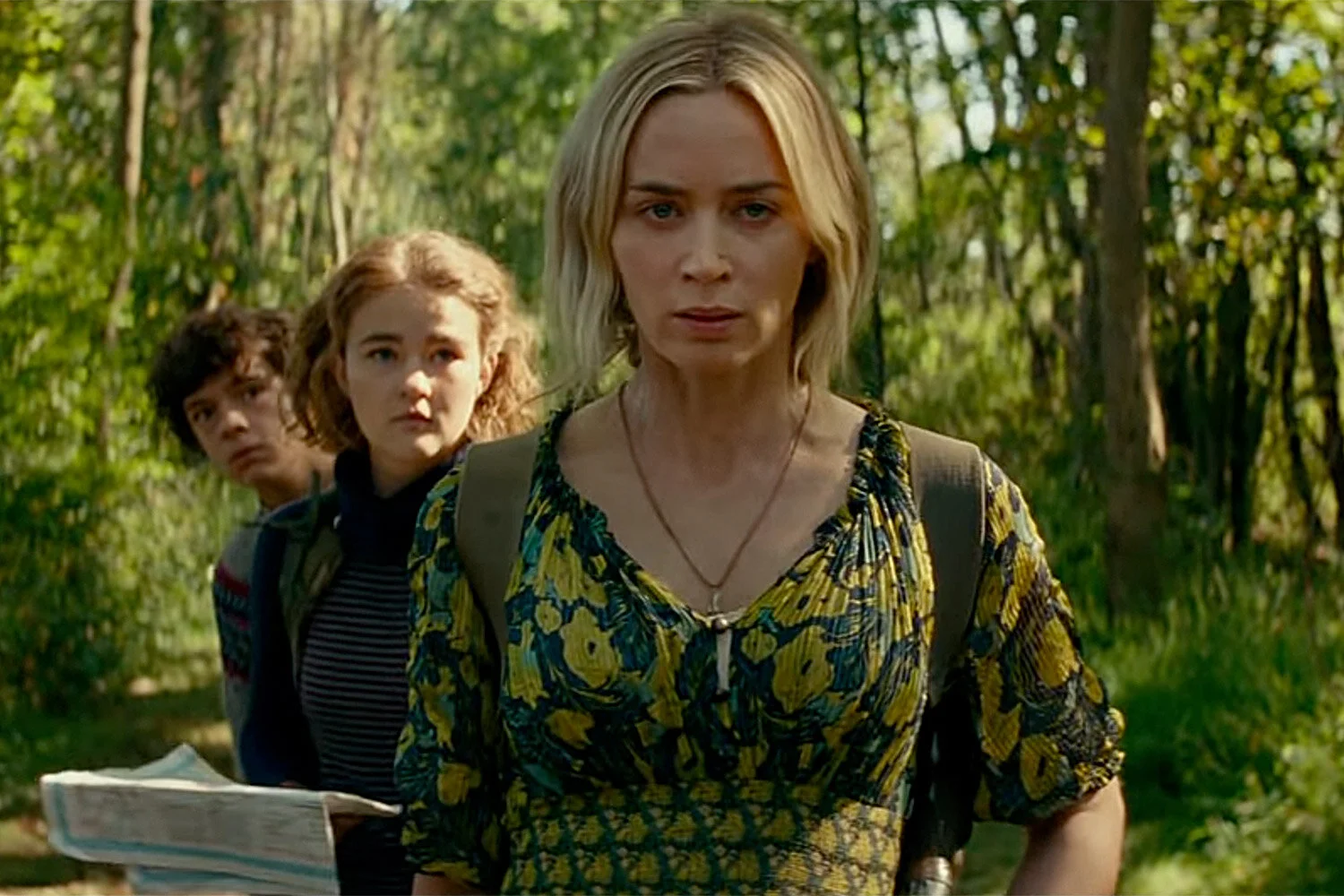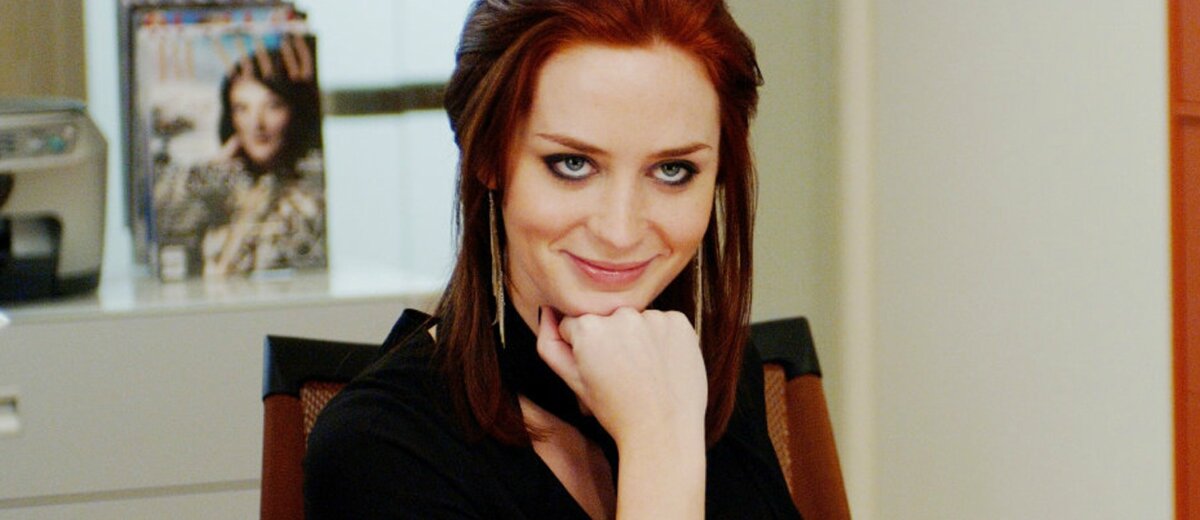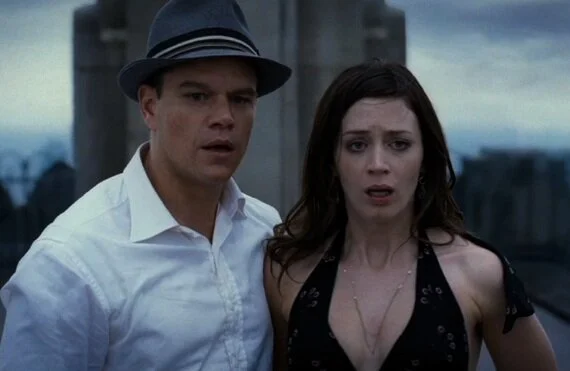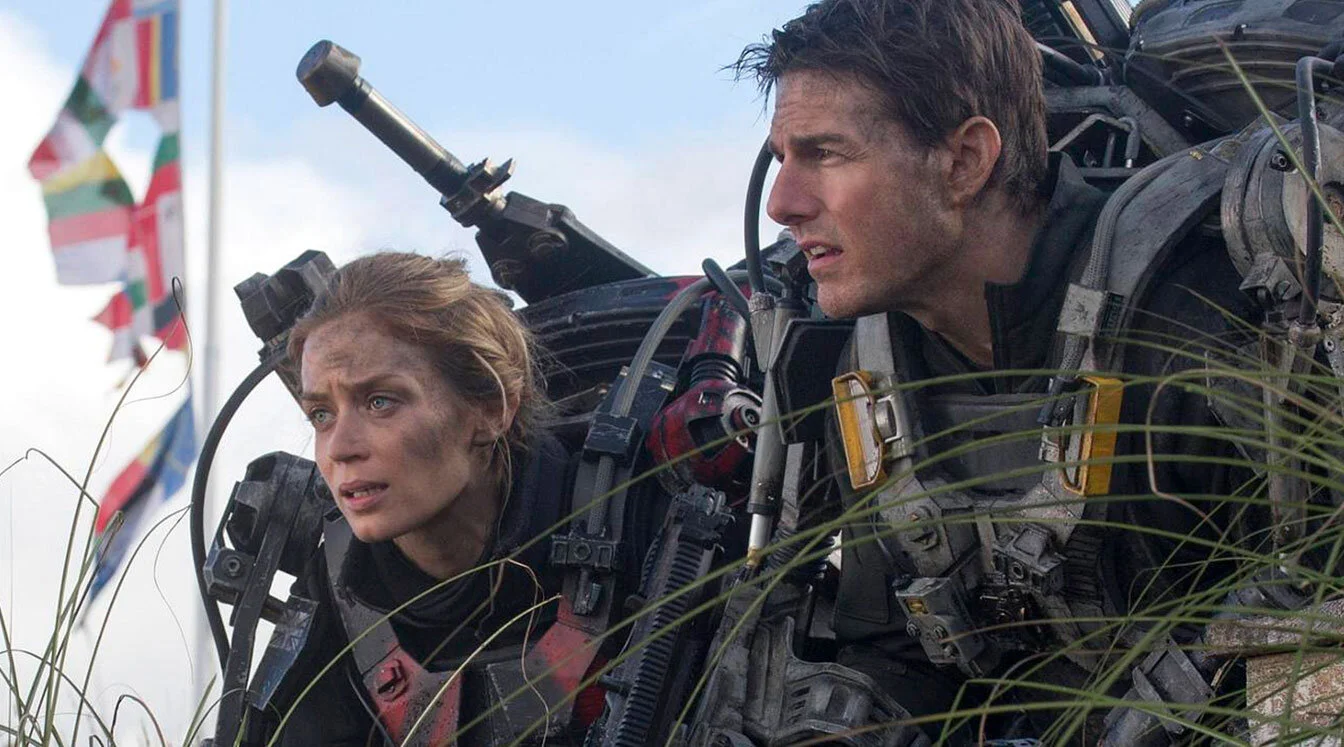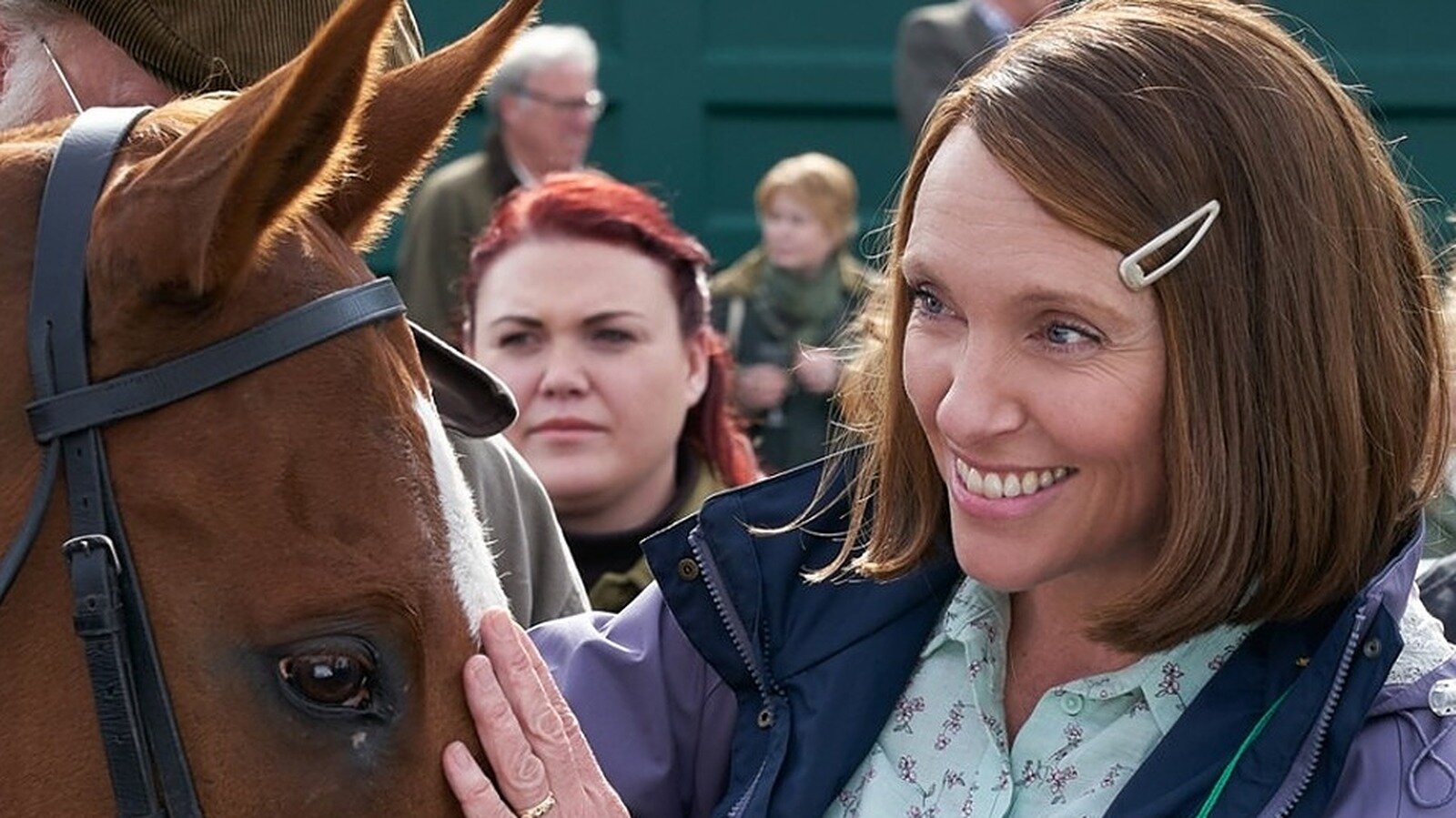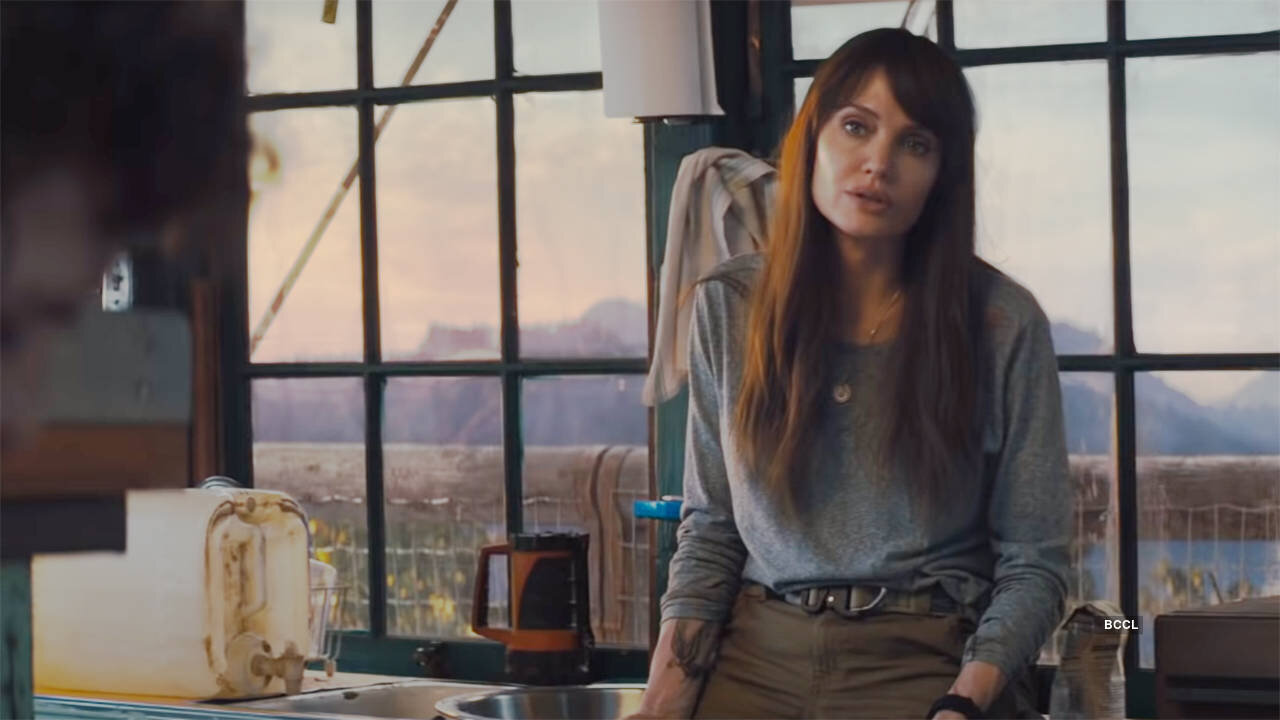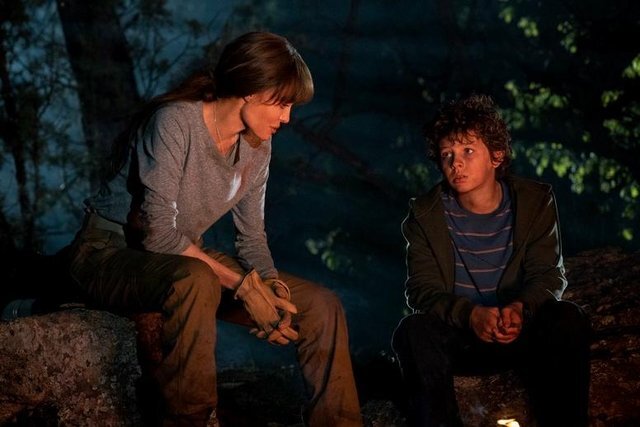Dir: Ahmir "Questlove" Thompson
Featuring: Sly and the Family Stone, Gladys Knight & the Pips, B.B. King, The Fifth Dimension, and Stevie Wonder
Runtime: 112 minutes
For music fans, it's been a long time since we've been to a concert, yet we will never forget the feelings associated with enjoying live music with a group of people. It's an exhilarating, emotional, and enlightening experience watching your favorite band perform your favorite song right in front of you. It doesn't need to be a band you are familiar with to understand how universal and interconnected music can be for people.
Director Ahmir Thompson - better known as Questlove, the drummer for the hip-hop collective The Roots – takes us to a concert, a six-week summer music festival in 1969 known as the Harlem Cultural Festival. Bringing together 300,000 people, primarily Black locals from and near Harlem, the concert hosted some of the era's biggest acts. Musicians like Sly and the Family Stone, Nina Simone, Mahalia Jackson, B.B. King, Glady's Knight and the Pips, Stevie Wonder, Abbey Lincoln and Max Roach, Ray Barretto, and The Staple Singers all participated. In 1969, in the wake of the assassination of Martin Luther King Jr. and Malcolm X, this gathering was a significant cultural event during a turbulent and violent time for people of color in America.
The film begins with an introduction to a young Stevie Wonder, finding the artist right before the hits, awards, and accolades that will change how the world knows the artist now. He plays the piano and then moves to the drums, captivating the audience and the viewer with a brilliant freestyle. It's a beautiful introduction and one that I had never seen before this film.
How is it possible that this fantastic concert moment from a musical icon has never been seen? Because the concert footage sat in someone's basement for more than 50 years, never arranged for a music festival or fine-tuned for a movie theater release. At the same time that the Harlem Cultural Festival was happening, Woodstock was occurring upstate. When the time came to take all the footage, shot from start to finish by Hal Tulchin, from the Harlem Cultural Festival and turn it into something for the rest of the world to see, potential buyers found no interest in the "Black Woodstock."
Questlove, with editor Joshua L. Pearson, lovingly compose a documentary that is as much a concert movie as it is a journey through a critical time in history for Black America. The music played explores both diversity and unification, while the concert event displays a new movement in culture, politics, and pride. The term "negro” would be replaced and proudly spoken as "Black," gospel, jazz, and blues music would morph into Motown, and the recognized struggle for Black people would become worldwide. The interlacing of civil rights violence footage, speeches from political activists, and interviews with concert attendees, all of them thankful for the film bringing back a forgotten memory, are impeccably arranged.
The musical moments are the icing on the cake. Fun moments like Sly and the Family Stone introducing funk and rock and Ray Barretto making the crowd dance with his bongo-playing. Emotional moments, like the passing of the torch between Mahalia Jackson and Mavis Staples singing Martin Luther King Jr.'s favorite song, "Precious Lord, Take My Hand." The jaw-dropping moment with Nina "The High Priestess of Soul" Simone singing "To Be Young, Gifted, and Black." It's beautiful.
Summer of Soul (Or, When the Revolution Could Not Be Televised) is simply one of the best music documentaries ever made.
Monte's Rating
5.00 out of 5.00












